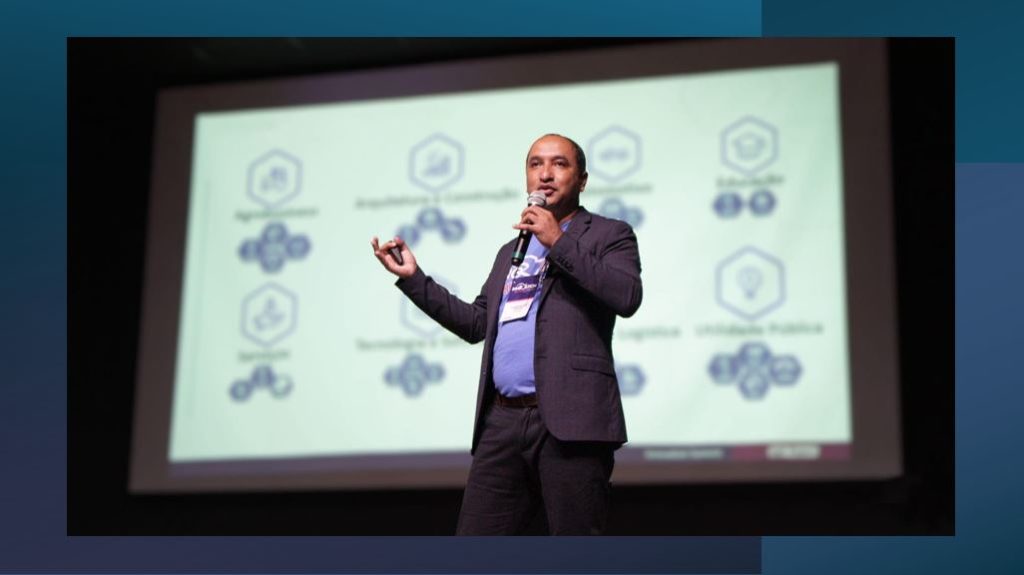 *By Hermínio Gonçalves
*By Hermínio Gonçalves
Did you know that ISO 9001 is also a source of opportunities for organizations? In addition to ensuring that your products and services meet customer expectations, ISO 9001 encourages your organization to seek and take advantage of favorable situations for your business. This is the definition of opportunity management.
The process involves recognizing, evaluating, prioritizing and implementing opportunities that arise in the context of your organization. Opportunities can be related to different aspects, such as increasing customer satisfaction, reducing costs, improving efficiency and innovating products and services, among others.
How to identify and manage opportunities effectively? What are the benefits of managing risks and opportunities for your competitiveness?
Risks and opportunities in ISO 9001
ISO 9001 defines risk as the effect of uncertainty on an expected outcome. Opportunity is the possibility of obtaining a favorable result. Both can affect the quality of products and services and the performance of the quality management system (QMS).
Therefore, the standard requires organizations to identify, analyze and address the risks and opportunities that are relevant to their context and objectives.
This way, organizations can take advantage of opportunities to improve their Law Suit, increase Clients satisfaction and differentiate yourself in the market.
How opportunity management can improve the quality of your products and services
By identifying and taking advantage of opportunities that arise in the environment, it is possible to improve the quality of your products and services in several ways. For example:
Innovate and create solutions that meet the needs and expectations of your customers;
Optimize and standardize your processes, reducing waste and costs;
Increase the effectiveness and efficiency of your quality management system (QMS);
Prevent and correct problems that may compromise the conformity of its products and services;
Increase your customers’ trust and loyalty;
Strengthen your image and reputation in the market.
Strategies for identifying opportunities
To identify opportunities that can boost your business, some of the strategies are:
1. Knowledge of the context
See the internal and external factors that affect your QMS. This will help to understand the strengths and weaknesses of the organization, as well as the threats and opportunities of the environment in which it operates. This way, it will be possible to plan actions to take advantage of competitive advantages and minimize risks.
A tool that can assist in this analysis is the matrix SWOT, which consists of a table that summarizes your organization's strengths, weaknesses, opportunities and threats in relation to its context.
2. Risk analysis
Analyzing risks allows companies to prepare to avoid or minimize problems that could harm the quality of their products and services and the satisfaction of their customers. Furthermore, it allows you to find opportunities to improve or innovate based on the risks detected and assessed. Some tools that can help are probability and impact matrix, what if, fault tree, etc.
3. How does the QMS perform?
To check whether the objectives are being met and identify the chances of improvement, indicators are used, audits, analysis and feedbacks. This will provide data and evidence to evaluate the effectiveness and efficiency of your QMS, as well as to identify strengths and weaknesses. Based on this, companies and employees can define goals and action plans to achieve better results.
4. What do customers value?
Understand what they like, what they ask for and what they criticize about your products and services. Thus, there is the possibility of adapting or creating products and services that meet or exceed your demands.
5. Cause and effect analysis
Analyzing the causes of problems is a great way to identify opportunities to optimize and simplify your processes, products or services. Tools that can help are Ishikawa diagram, 5 Whys, Pareto diagram, FMEA, etc.
6. Creativity and innovation tools
Creating products, services, processes or solutions can satisfy or surprise customers. This allows differentiation from the competition and generates value for the business. Furthermore, it is possible to identify opportunities to explore new markets or customer segments.
7. Search for sustainability
It is also essential to find a way to reduce the environmental impacts of processes, products or services. This way, you will be able to identify opportunities to increase your organization’s reputation and credibility among your stakeholders. stakeholders. Tools that can help are life cycle analysis, materiality matrix, GRI indicators, etc.
8. Knowledge management
To avoid mistakes and use best practices to identify new opportunities, it is important to learn from the successes and failures of the risk approach, as well as share experiences and lessons learned.
Benefits of risk management and opportunities for business competitiveness
Managing risks and opportunities is a way to prepare for the future and take advantage of changes in the market environment. By identifying and addressing risks and opportunities that may affect the business, it is possible to obtain benefits for its competitiveness:
Improve the quality of products and services, meeting the needs and expectations of its customers;
Reduce costs and waste, optimizing your processes and resources;
Increase customer trust and loyalty, delivering value and solutions;
Innovate and differentiate yourself in the market, creating products, services, processes or solutions;
Prevent and mitigate the negative impacts of risks, protecting your business and your reputation.
Opportunity management is an essential practice for business success. In this way, taking advantage of the chances of growth and prominence in the market become more plausible practices, increasing your competitiveness, profitability and sustainability.
THE ISO 9001 can be a great ally in this process, as it offers a structure to plan and implement actions to address risks and opportunities in a systematic and integrated way with your QMS.
* Hermínio Gonçalves, CEO of SoftExpert Brasil
Notice: The opinion presented in this article is the responsibility of its author and not of ABES - Brazilian Association of Software Companies













